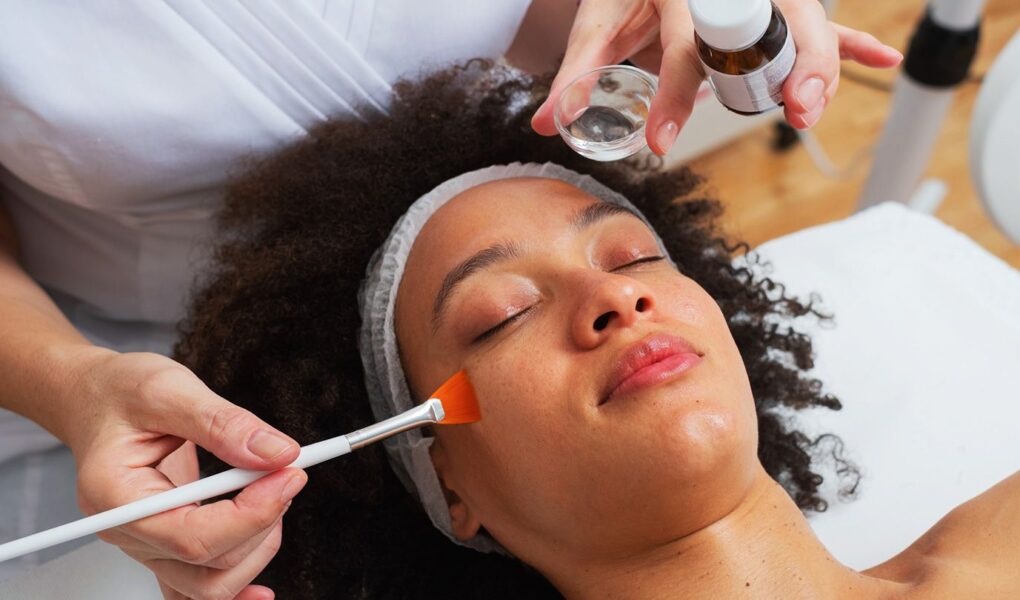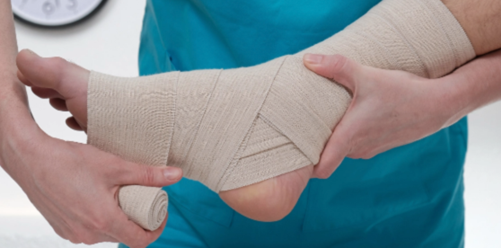Acne scars can be a source of frustration and self-consciousness for many individuals. Fortunately, there are various treatment options available to help improve the appearance of these scars and boost your confidence. In this ultimate guide to acne scar treatment options, we will delve into what acne scars are, what causes them, prevention strategies, and the best treatments available.
Understanding Acne Scars
Acne scars are permanent marks or indentations on the skin’s surface that result from severe or prolonged acne breakouts. These scars can take various forms, including:
Atrophic Scars: These are depressed or pitted scars that result from a loss of tissue during the healing process. The most common types of atrophic scars are ice pick, boxcar, and rolling scars.
Hypertrophic Scars: Unlike atrophic scars, hypertrophic scars are raised and often appear as thick, lumpy areas of skin at the acne site.
Post-Inflammatory Hyperpigmentation (PIH): PIH is not a true scar but rather darkened or discolored areas left behind after an acne lesion heals. This condition can last for months or even years.
What Causes Acne Scars?
To effectively treat acne scars, it’s crucial to understand the causes. Acne scars develop when there is damage to the skin’s collagen, a protein responsible for maintaining skin structure. The main culprits behind acne scars include:
Inflammation: When acne lesions become inflamed, the body’s natural healing process may lead to the formation of scars.
Picking and Squeezing: Picking or squeezing acne lesions can worsen inflammation and increase the risk of scarring.
Delayed Treatment: Failing to treat acne promptly can allow it to progress, leading to more severe breakouts and an increased likelihood of scarring.
Preventing Acne Scars
While not all acne scars can be completely prevented, taking proactive measures can help minimize their severity. Here are some strategies to consider:
Early Intervention: Treat acne as soon as it appears to prevent it from becoming severe and causing scarring. Consult a dermatologist for personalized treatment options.
Hands Off: Avoid picking, squeezing, or popping acne lesions, as this can worsen inflammation and increase the risk of scarring.
Sun Protection: Use sunscreen daily to protect your skin from harmful UV rays, which can worsen the appearance of acne scars and PIH.
Gentle Skincare: Opt for gentle, non-comedogenic skincare products and avoid harsh scrubs that can irritate the skin.
Acne Scar Treatment Options
Now that we’ve covered the basics, let’s explore the most effective treatment options for acne scars:
Topical Treatments:
Acne scar treatment often begins with topical products. These can include:
- Retinoids: Prescription retinoid creams, such as tretinoin, can help improve skin texture and reduce the appearance of scars by promoting collagen production.
- Vitamin C Serums: These serums can brighten the skin, improve texture, and fade PIH, although their impact on deep scars may be limited.
Chemical Peels:
Chemical peels involve the application of a chemical solution to the skin, which causes the top layer to peel off, revealing smoother skin beneath. Superficial peels are effective for treating PIH and mild scarring, while deeper peels can target more severe scars.
Microdermabrasion:
Microdermabrasion is a minimally invasive procedure that uses a device to exfoliate the skin’s surface, stimulating collagen production and improving scar appearance. It’s best suited for mild to moderate scarring.
Microneedling:
Microneedling involves the use of a device with fine needles that create micro-injuries in the skin, triggering collagen production and promoting scar remodeling. It can be effective for various types of scars.
Dermal Fillers:
Dermal fillers can be injected into atrophic scars to temporarily plump them, making them less noticeable. Results are temporary but can be an excellent option for quick improvement.
Laser Therapy:
Laser treatments, such as fractional laser and CO2 laser, can effectively target both atrophic and hypertrophic scars by promoting collagen production and resurfacing the skin.
Surgical Procedures:
In some cases, surgical procedures like punch excisions or subcision may be necessary to physically remove or lift scar tissue.
Combination Therapies:
Dermatologists often recommend combining different treatments to address multiple aspects of acne scarring. Combining procedures like microneedling with PRP (platelet-rich plasma) or laser therapy can yield excellent results.
Conclusion
Acne scars can be distressing, but with the right treatment approach, significant improvements in skin texture and appearance are achievable. It’s essential to consult with a dermatologist who can assess your unique skin type and scar severity to recommend the most suitable acne scar treatment options. Remember that consistency and patience are key when undergoing any scar treatment, as results may take time to become apparent. By following the guidance provided in this ultimate guide to acne scar treatment options, you can take proactive steps towards smoother, clearer skin.




